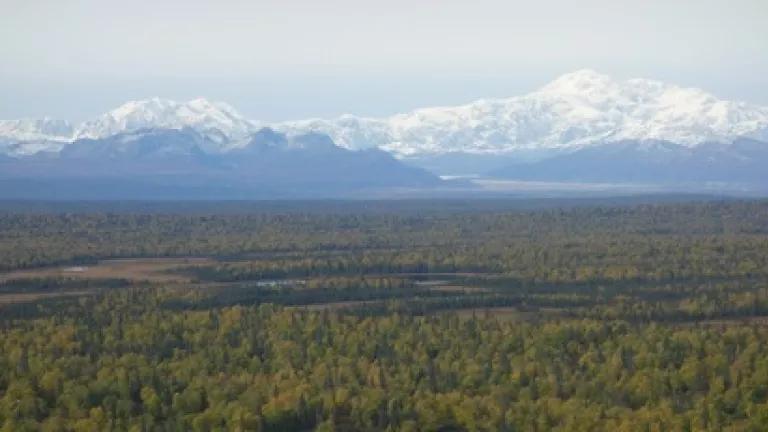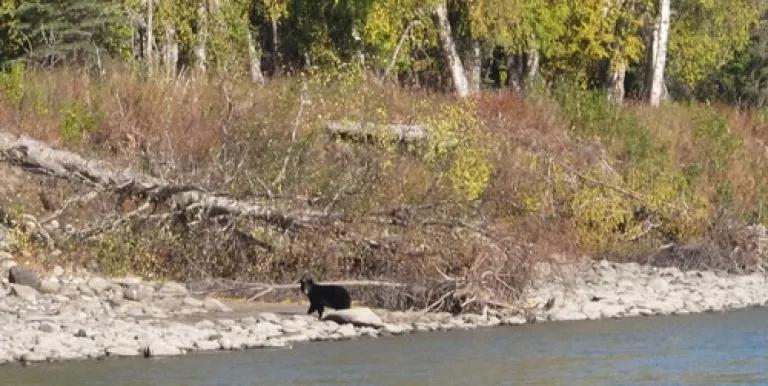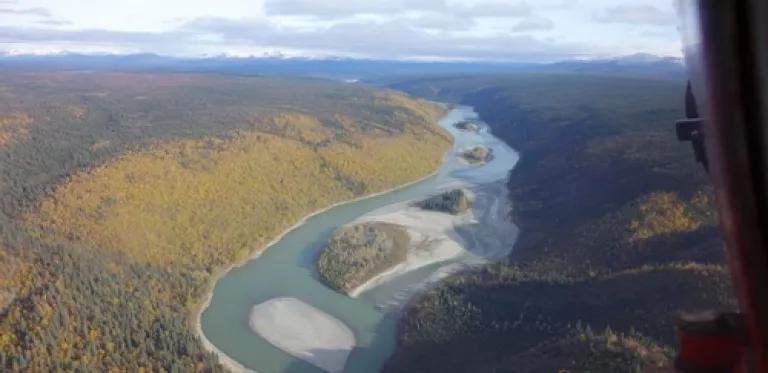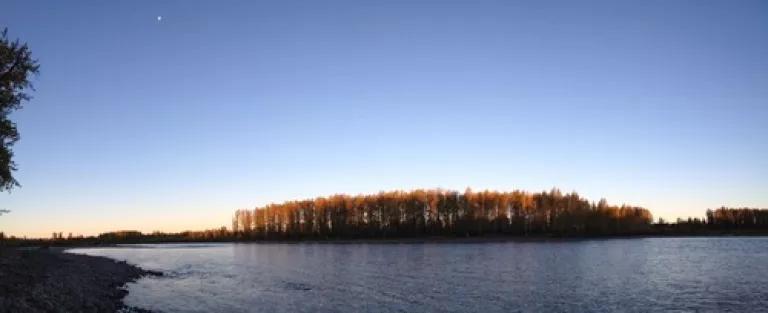
In the early 80’s when oil prices were at record level, the Federal Energy Regulatory Commission (FERC) received an application to construct a large hydropower dam on Alaska’s pristine Susitna River about 150 miles north of Anchorage. Millions had been spent conducting initial studies and fierce opposition to the dam formed because of the destructive impacts to the salmon fishery, wildlife and way of life for people in the region. However, shortly after the application was submitted support and funding for the dam dried up, the price of oil plummeted, and the application was withdrawn.
That should have been the end of the story however now, almost 30 years later, the Alaska Energy Authority (AEA) has dusted off the plans for this project and has once again submitted an application to build an even bigger and more destructive dam. The Susitna-Watana Hydroelectric Project, currently in the pre-application phase of FERC’s ‘Integrated Licensing Process’, involves construction of a 735-foot high dam that will create a 42 mile long, up to 5-mile wide reservoir and flood approximately 25,000 acres of pristine wilderness—an area larger than the island of Manhattan, at an estimated cost of $5.19 billion. And it is still unclear who will pay for it.

There are many reasons why this dam is just simply a bad idea. As one of the last un-dammed rivers in the U.S., the Susitna supports Alaska’s fourth largest salmon run and is vital to the health of the state’s commercial and sport fishing economies. The Susitna River flows into the Cook Inlet which is critical habitat for the local population of Beluga whales whose numbers have been plummeting in recent years and is listed as listed as “Endangered” under the Endangered Species Act. As potentially one of the largest dams ever to be built in the U.S., it will severely impact the river and the habitat it provides for iconic Alaskan wildlife including salmon, bald eagles, bears and moose. As my colleague Noah Garrison notes, it is home to five species of salmon and more than 15 fish species overall. Flow increases of up to eight times what is normally seen in the winter will impact not only migrating wildlife such as caribou, but also public safety for people from surrounding communities that use the river to fish, hunt and access homes where there are no roads.

Currently AEA is carrying out studies required by FERC to assess the environmental impacts associated with construction and operation of this huge dam. However these studies have been flawed right from the start in many cases. Numerous concerns about the scientific credibility of studies were expressed by federal fish and wildlife agencies, local residents and conservation groups, particularly in regards to taking a mere two years to study impacts. This process normally takes 3-5 years for relicensing an existing dam. Furthermore, in complete disregard of recommendations from their own internal review panel, the Director of the Office of Energy Projects, Jeff C. Wright, rejected requests to require an analysis of how climate change might impact the project claiming there is insufficient information to do so. Given Alaska has already experienced twice the warming that has been seen in the lower 48 states and the fact that other federal agencies including the Environmental Protection Agency, Federal Emergency Management Agency, Bureau of Reclamation and Corps of Engineers (the latter two of which build dams) have all begun considering the impacts of climate on projects – not to mention President Obama’s historic speech earlier this year on the need to address climate change – this a striking example of head-in-the-sand thinking. While proponents attempt to say the project is good in terms of climate change, large hydropower dams are not considered a renewable source of energy by many states and there is recent evidence that dams like the one proposed are a significant contributor of greenhouse gases.
Revival of the Susitna Dam project comes at a time when as a nation we are removing dams, not building more because of the impacts they can have on our rivers. The Susitna is one of America’s great rivers and supports the fish and wildlife that make Alaska one of the last frontiers. When I was on the river last week, a local resident summed it all up by saying the more you know about the dam the less you like it.

